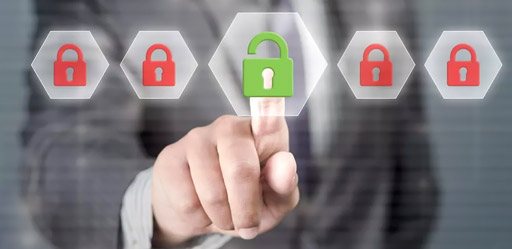
Unsecured debt
Unsecured debt is debt that is not backed by a specific asset such as a home or car. If you fail to pay your unsecured debt, you may be subject to reporting to credit bureaus and to legal action. A nongovernmental creditor cannot seize an unsecured debtor’s assets without a court judgment. Instead, the creditor must file a lawsuit in state or federal court to recover the amount owed.
Unsecured debt can include credit card debt, medical bills, and personal loans. It can also include federal student loans and tax refund offsets. The type of debt you choose depends on your situation. You should first pay off any secured debt, as a default will mean that you’ll lose the collateral you provided.
Another type of unsecured debt is credit card debt, which is more expensive than other types. In order to determine your creditworthiness, lenders will look at your income and the amount of money you’ve borrowed in the past. Unsecured debt usually carries a higher interest rate than secured debt, as lenders seek a larger return on their investment.
If you have unsecured debt, you may be able to use a home equity loan to pay it off. However, you should be aware that this loan can make your home your debt anchor. Moreover, if you don’t pay back the loan, your property can be forfeited. In addition, you should consider getting a debt settlement specialist to help you with the negotiations. This way, they can represent your best interests and convince your creditors to reduce your balances.
Whether you have mortgage debt or credit card debt, it is important to keep both types of debt under control. It’s not uncommon to have multiple types of debt at the same time. However, unsecured debt is always higher in interest, so paying it off first can create more room to pay off your lower-interest debt and improve your credit score.
Unlike secured debt, unsecured debt has no asset-backed guarantee that you’ll pay it. Consequently, lenders will look at your credit history to determine whether or not to extend you the loan. Defaulting on an unsecured loan can damage your credit rating and prevent you from getting future credit. If you fall behind in payments, you may have to file for bankruptcy, which will severely damage your financial rating.
Unsecured debt can be hard to manage. You might find it difficult to pay back your debt, but if you plan to keep your job, you may be able to negotiate the terms of your loan. In addition to the interest rate, you’ll have more options when it comes to how to pay off your debt.
Secured debt
Secured debt is a type of loan where you place an asset of some value as collateral. This can be anything from your car or home to a percentage of your savings. Secured debt allows for greater loan amounts and lower interest rates, and you often have more flexibility in repaying it as well. In addition, you are responsible for maintaining the asset as collateral, and lenders often require you to get insurance on it.
If you fall behind on your payments, the lender can seize your collateral and sell it to recoup their losses. This type of debt also allows you to get better interest rates, and it can even have tax advantages. However, the downside of a secured loan is the risk that your lender can seize your collateral, which is particularly important if it is an asset of considerable value.
There are several types of secured debt, but the most common is a lien. Liens can be either voluntarily or involuntarily created. A mortgage is created with the consent of the title owner, whereas a mechanics lien is created without consent. Secured debt can also be created through a court judgment or by a judgment.
Some of the most common forms of secured debt are credit cards and auto loans. With a car loan, you put your car as collateral. If you default on your payments, the bank can seize your car and sell it to recoup its costs. The sale price of the car may not cover your debt, however.
Secured debt is a good choice if you want to borrow some money for an urgent need. You can avoid paying late fees and interest with a secured loan. Secured debt is a great option if you have an asset to pledge as collateral. It helps reduce the lender’s risk by guaranteeing repayment.
Secured debt can be very difficult to catch up on if you don’t pay it. It can also be risky, as your property can be seized by the government if you don’t pay your debts. Secured debt is often the safest option for people with poor credit. However, it can come with more stringent qualifying criteria and higher interest rates.
When you borrow money, make sure that you fully understand the difference between unsecured and secured debt. You need to choose wisely and understand the differences between the two so that you don’t end up with a lot of debt that you can’t pay back. Secured debt is typically backed by an asset, whereas unsecured debt relies on your name or credit score.
Secured debt is secured by an asset, usually a car or house. If you fail to make your payments on these types of debts, you could lose your home or car. On the other hand, unsecure debts can come from medical bills, credit cards, and student loans.

